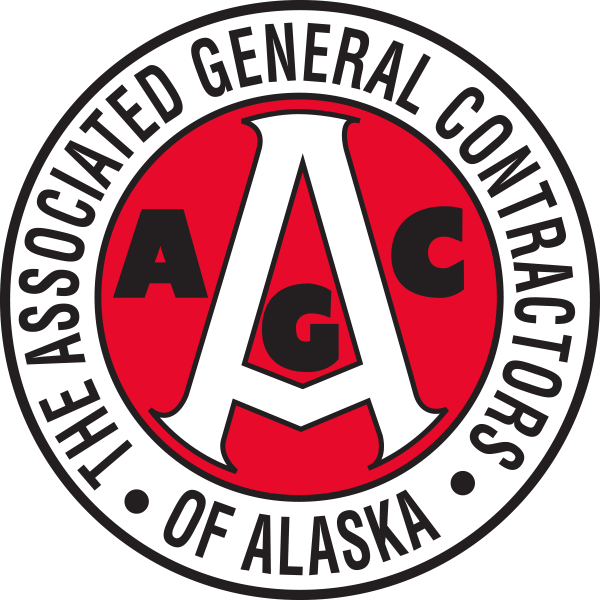
with Ingenuity


with Ingenuity
ike Andersen drives. A lot. If the employees of DAMA Industrial—a painting, coating, and lining company Anderson started with partner David Arthun—are working anywhere along Alaska’s road system, Andersen will find his way there.
“I probably average about 30,000 miles a year,” Andersen says. “At least once a week, either [DAMA Project Manager] Aaron McLaughlin or I get out and make a presence. That’s a key part—making sure the owners and contractors see you, and that your employees see you—that makes a huge difference.”
Making the rounds, communicating, showing up—those are the values Andersen has emphasized since founding DAMA in 2011. Since that first year, when the company grossed $1 million with an assortment of small jobs, DAMA has grown into one of only two or three reputable coating contractors in Alaska and averages about $5 million a year through focusing on jobs in the public, private, and government sectors. Major clients include Anchorage Water & Wastewater Utility, Alaska Department of Transportation & Public Facilities, or DOT&PF, Petro Star Inc., and Menzies Aviation, for which DAMA has provided fuel tank linings.
“That was a logistical nightmare,” Andersen recalls. His team was given just three hours each night in the summer to get their equipment to Mile 63 and haul fifteen trailer loads of debris back out of the park. DAMA crews also had to contend with landslides at Polychrome Pass; park staff had to clear the road each night.
Alaska’s environment is a consistent challenge for a company that applies bridge deck membranes and does sandblasting on structures such as the Bird Creek bridge on the Seward Highway.
“A lot of our projects have such a short window,” Andersen points out. “Bridges go up in August, September, October, and anything we do past September, it’s either raining or snowing, so we do a lot of containment.”
DAMA workers use tarps, heat, and fans to keep working through winter on jobs like the one they recently completed for HC Contractors over Little Goldstream Creek near Fairbanks, which required them to cover a 120-foot-long bridge with a containment tarp and heat the entire structure.
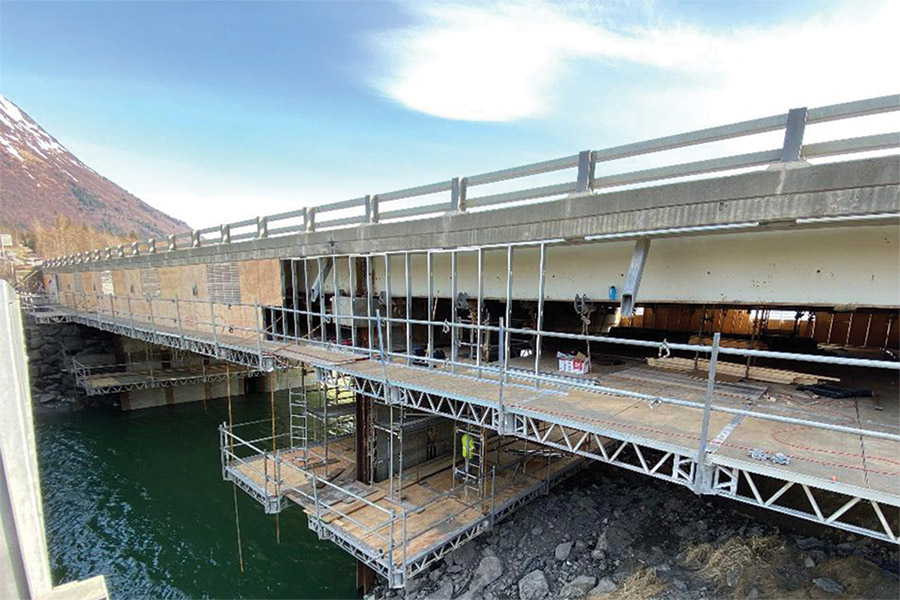
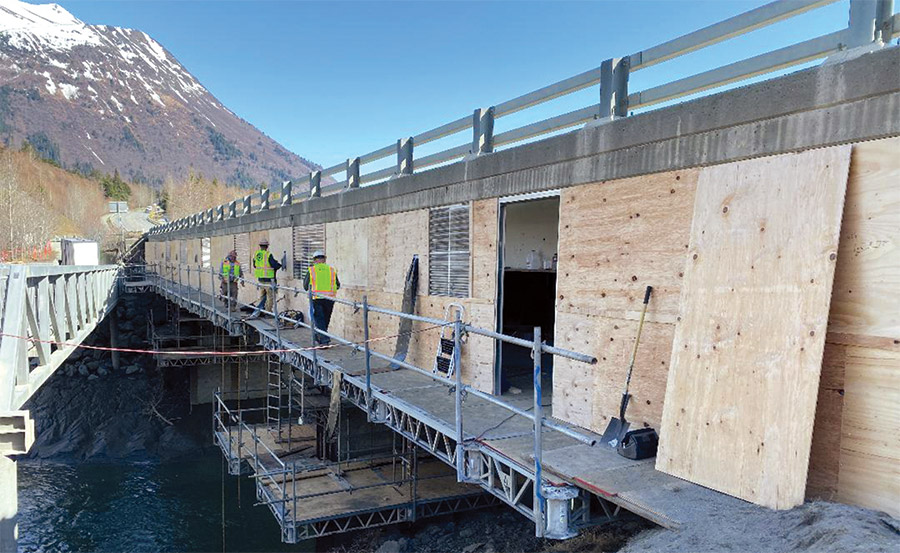
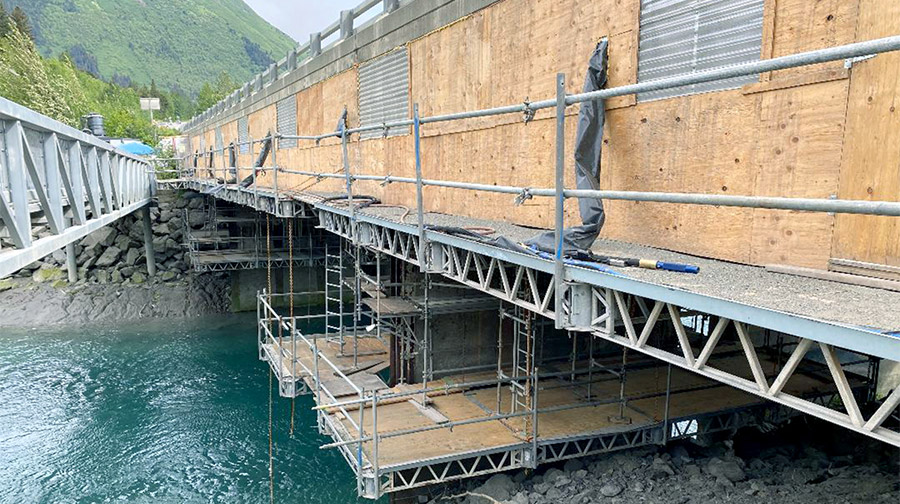
Even in the summer, logistical challenges inspire creative solutions from Andersen’s team. Working on the Bird Creek bridge on a narrow section of the Seward Highway south of Anchorage, DAMA had to contend with limited space for their equipment while also keeping nearby bicycle trails and an observation deck open to the public.
To keep the nine large pieces of equipment needed to sandblast the Bird Creek bridge off the road, DAMA mounted a safe-span bridge deck to the existing bridge girders, creating a solid, fully contained deck from which to work. The team also erected walls between the bridge and the bike path to protect passersby from the lead removal and sandblasting.
The efforts the DAMA team went to in order to keep the area around the Bird Creek Bridge open to sport fishing, tourists, and cyclists, as well as the ingenuity and the efficiency they employed to get the job done on schedule, greatly impressed the DOT&PF; the reaction inspired Andersen to submit the project for an AGC Excellence in Construction Award.

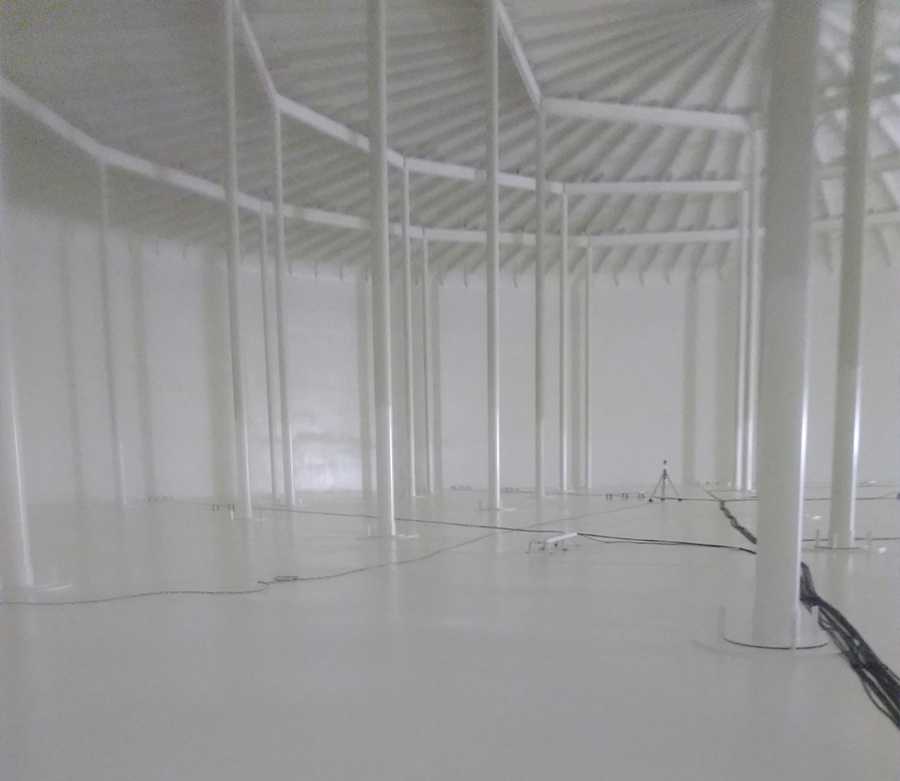
Scott Dunlap, vice president of Roger Hickel Contracting, has witnessed DAMA’s ingenuity since the company was first started; before that, he worked with Andersen on a variety of projects.
“What’s unique to me about DAMA is they do off-the-wall type tasks on projects, and Mike seems to be an expert in every facet of coating and repair work,” Dunlap says.
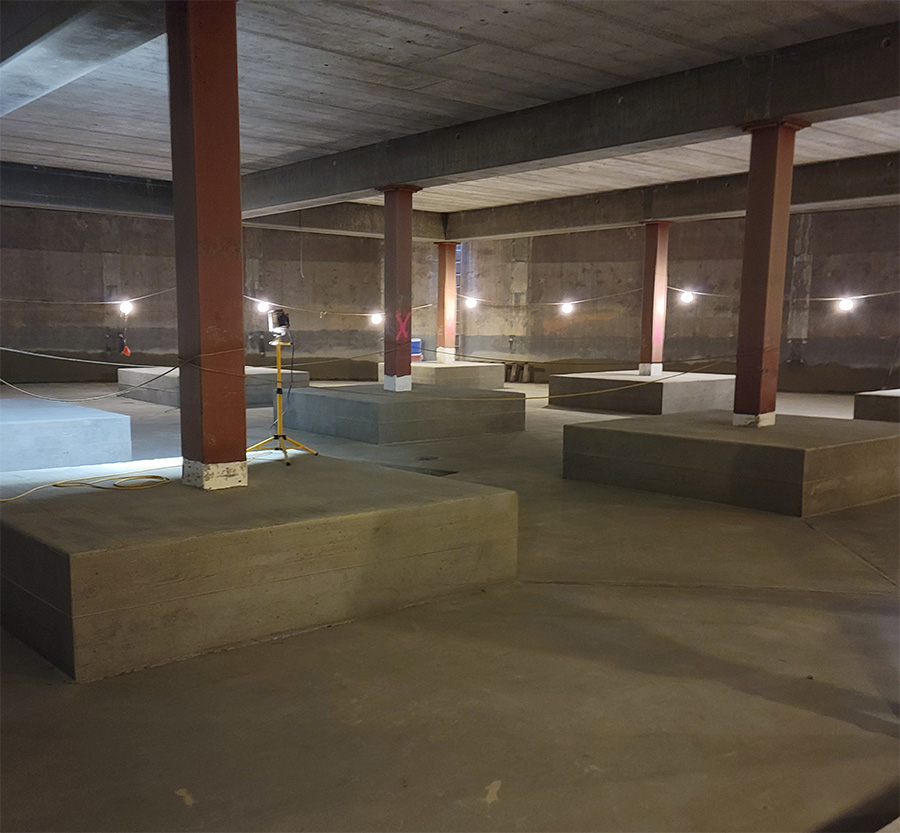
“There’s usually some projects every year that I step back and say, wow—I’m really proud of that,” says Andersen. “Just the challenges of getting everything done.”
Those challenges, he adds, would be even more difficult without the partnership of valued general contractors. “I do a lot of work for smaller general contractors, and I think they get overlooked a lot,” he says. “It takes all sizes of contractors to make this industry work, and DAMA Industrial wouldn’t be where it is now without the general contractors we’ve worked for.”
DAMA has been a member of the Associated General Contractors of Alaska since 2014. As a member of the AGC Board of Directors, Andersen helps highlight the work of small and large contractors through lobbying trips to Juneau and conversations with Department of Defense, DOT&PF, and public entities.
“The board is a close-knit group of people, and we all bounce ideas off one another,” Andersen shares. “AGC is a big part of the construction industry in Alaska, I feel if AGC weren’t around, the industry wouldn’t be where it is today.”